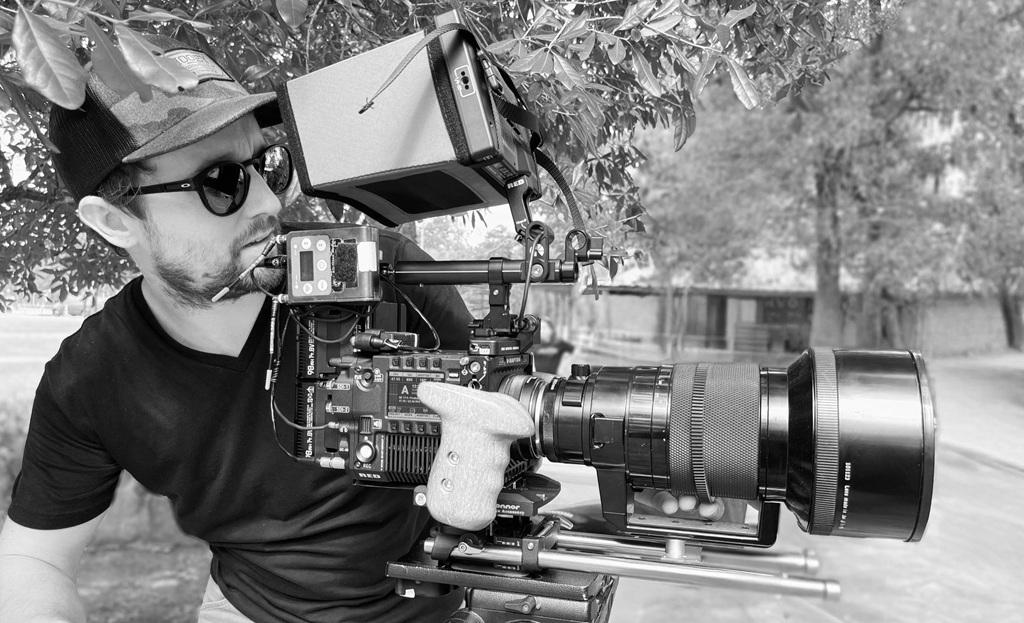Notifications

5 minutes, 23 seconds
-16 Views 0 Comments 0 Likes 0 Reviews

Behind every powerful visual moment in a film lies the creative mind of a cinematographer. Also known as the Director of Photography (DP), this professional shapes the aesthetic, tone, and visual rhythm of a feature film. From lighting choices to camera angles, a skilled DP weaves technical knowledge with storytelling instincts, ultimately defining how the audience experiences the story. In this article, we explore what makes cinematographers crucial to the filmmaking process and how their role evolves throughout a feature film production.
A cinematographer is the visual architect of a film. While the director steers the narrative, the DP designs how that narrative looks on screen. This role requires mastery of lighting, lenses, framing, and movement—tools that subtly (or boldly) impact emotion, pacing, and storytelling.
Collaborating with the director on the visual concept
Planning shot compositions and storyboarding
Choosing camera systems and lenses
Designing lighting setups for each scene
Directing camera and lighting crews
Overseeing color grading and post-production visuals
In a DP feature film setting, these responsibilities are magnified, as the scale, complexity, and storytelling demands are far greater than in short-form content.
A DP on a feature film has a unique responsibility: to maintain a consistent visual tone across a story that spans 90 to 180 minutes. This involves extensive pre-production planning, collaboration with department heads, and adapting to changing conditions during production.
One of the core duties of a DP is creating visual continuity. Whether it’s a gritty thriller or a dreamy romance, the cinematographer ensures every scene aligns with the film's tone. Camera movement, color temperature, lighting styles, and framing all contribute to this cohesion.
A skilled cinematographer knows how to guide the viewer’s emotions through light and shadow. For instance, a well-placed silhouette in a moment of tension can say more than pages of dialogue. These artistic choices elevate a script to a cinematic experience.
Technology plays a key role in the DP's toolbox. The choice between digital and film, anamorphic or spherical lenses, natural light or studio setups—all of these affect the final look.
Camera format (e.g., ARRI Alexa, RED, 35mm film)
Lens type (prime vs. zoom, focal length)
Lighting instruments (LEDs, HMIs, practical lights)
Filtration and diffusion techniques
On-set color monitoring and LUTs
Each of these elements is chosen not for technical reasons alone but to serve the film’s story and emotional beats.
A cinematographer is not just a technician but a visual storyteller. In the realm of DP feature film production, their creative choices are instrumental in bringing the director’s vision to life. From the first scout to the final grade, the cinematographer influences how every scene feels, flows, and lands with the audience.
Q1: What is the difference between a DP and a cinematographer?
A: They are the same role. “Director of Photography” (DP) is the formal title, while “cinematographer” is often used interchangeably.
Q2: Does the DP have creative control over the film’s look?
A: The DP collaborates with the director to develop the visual style, but decisions are often shared, especially on larger productions.
Q3: How do cinematographers plan for feature films?
A: They engage in extensive pre-production planning, including shot lists, lighting diagrams, location scouting, and lens testing.
Q4: Is cinematography only about visuals?
A: While the focus is on visuals, cinematography is deeply emotional—guiding how audiences feel about a scene through subtle visual cues.
Q5: What skills should an aspiring DP develop?
A: A solid understanding of lighting, composition, storytelling, camera technology, and collaborative communication is essential.

